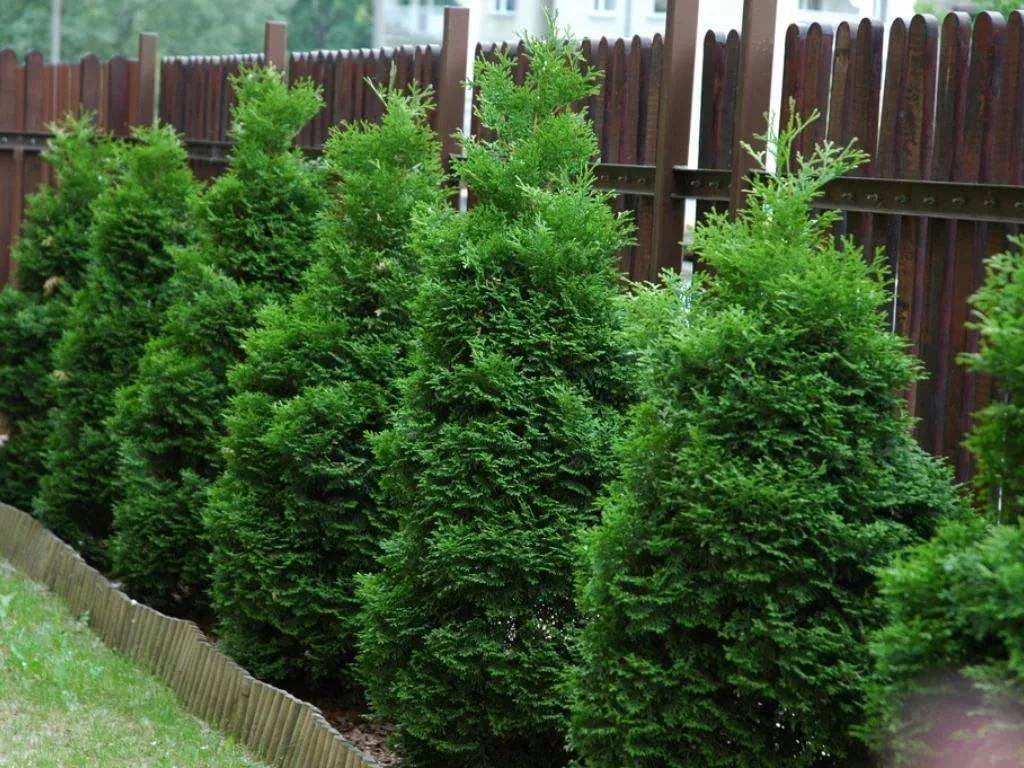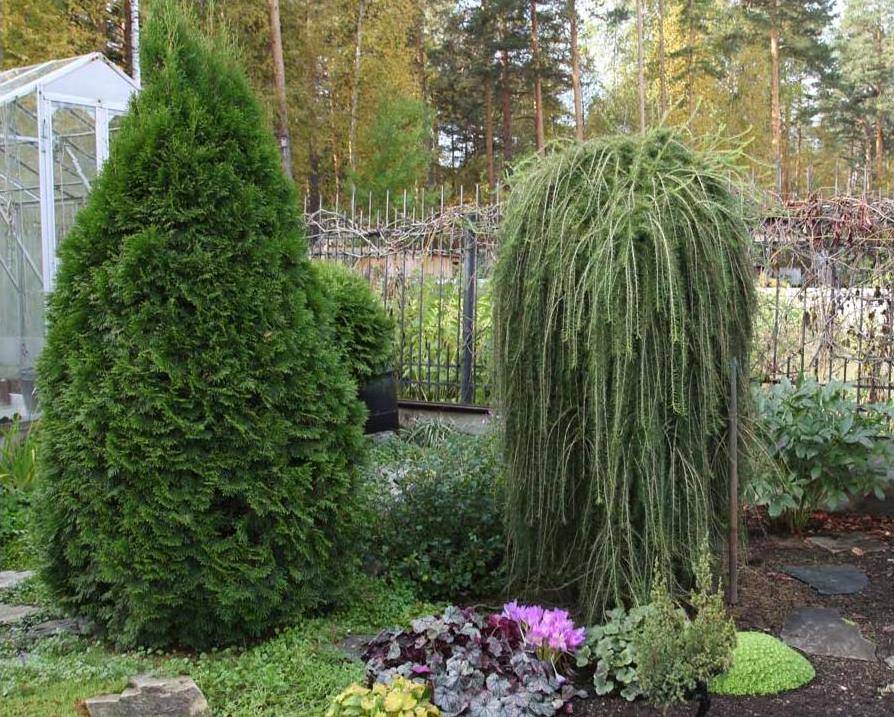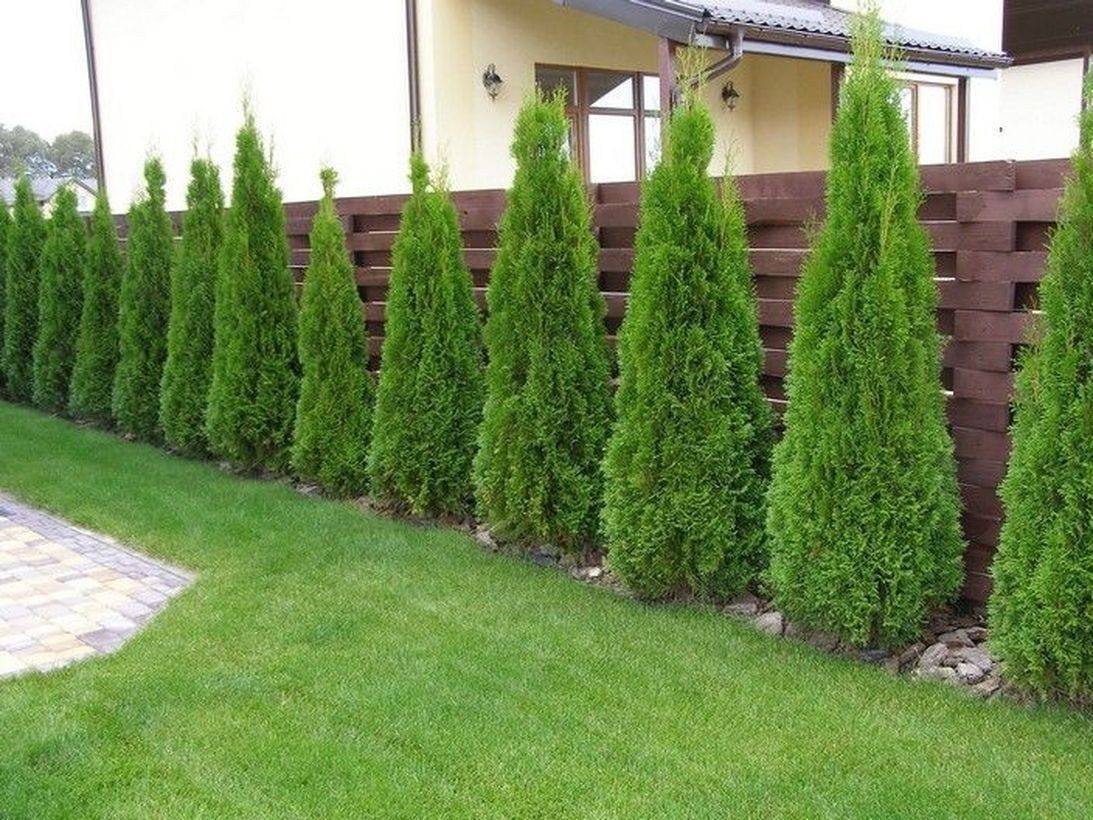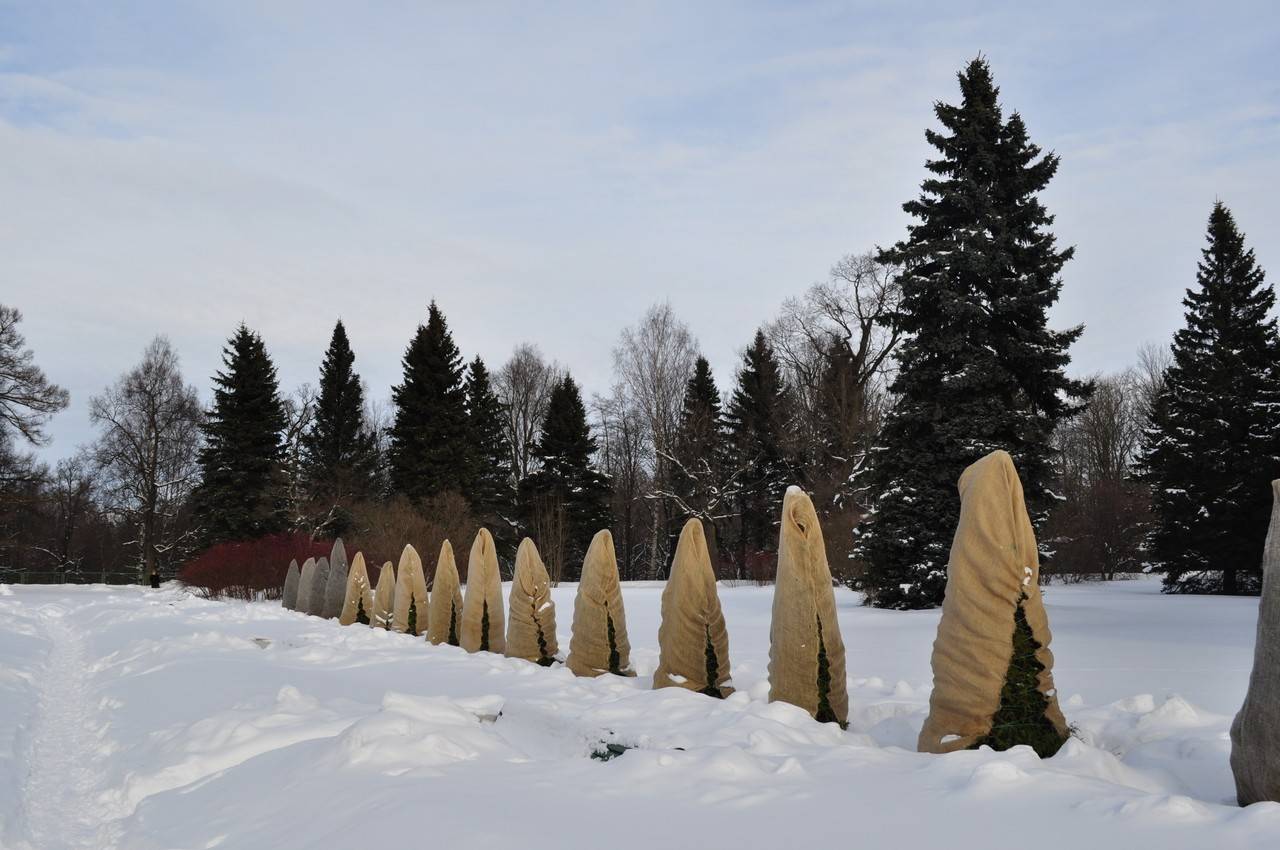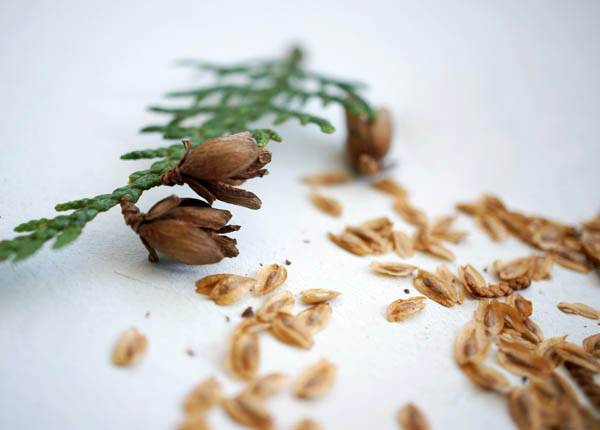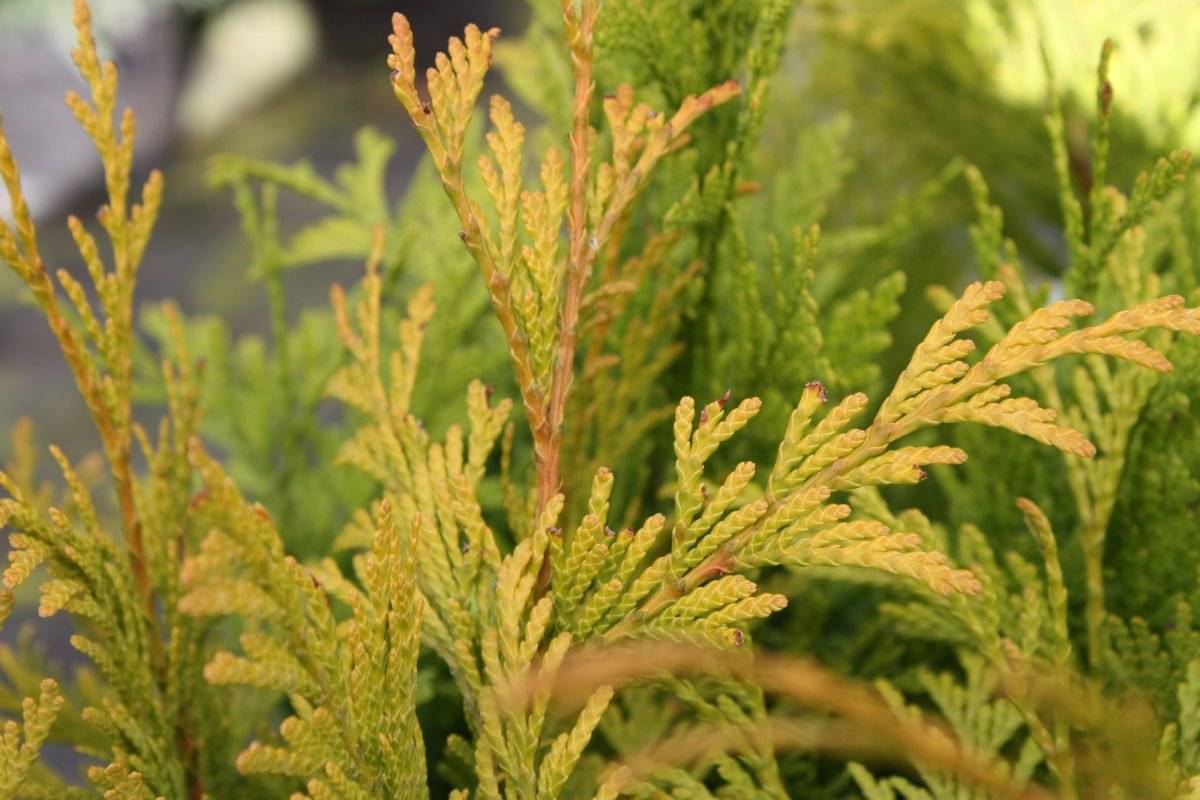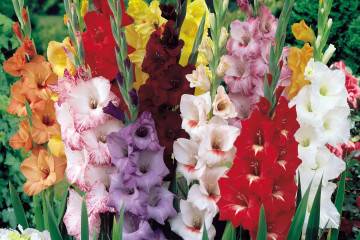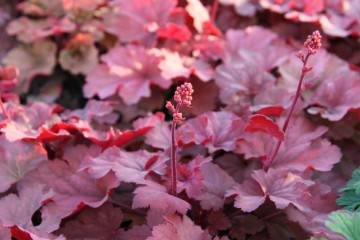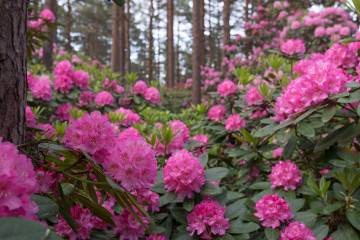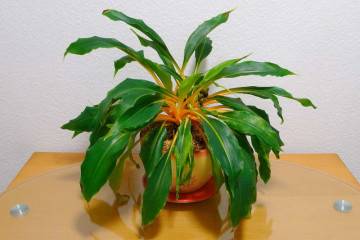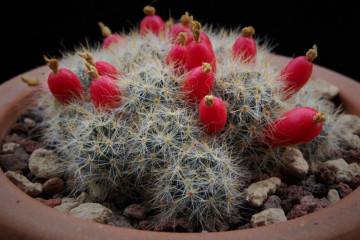Tuya Holmstrup (Holmstrup) - description and dimensions
Content:
Thuja Holmstrup is a small evergreen shrub used for both gardening and urban landscaping. This plant has found such widespread use not only due to its attractive appearance, but also due to its unpretentiousness and frost resistance. The high life expectancy is another plus in favor of this type of thuja.
Description of thuja Holmstrup (Holmstrup) western
Thuja Holmstrum is a hybrid dwarf variety, which is one of the most common representatives of its genus. This thuja has many interesting features:
- it freshens the air perfectly. This is noticeable even if there is a road with heavy traffic next to the summer cottage;
- thuja western Holmstrup with its aroma repels insect pests, due to which it can serve as a protection for deciduous plants;
- the plant secretes phytoncides, the beneficial properties of which are known to everyone.
Dimensions and characteristics
Botanical description of thuja Holmstrup:
- the shape of the crown is correct, conical;
- the maximum height of an adult plant is slightly more than 3 m, diameter is up to 1.3 m;
- the color of the crown is bright emerald, it is preserved all year round;
- smooth dark brown bark;
- small egg-shaped bumps;
- the fibrous root system is not wide, it is located close to the soil surface.
How quickly thuja Holmstrup grows
Since this hybrid is dwarf, and it was created precisely for the purpose of obtaining a short plant, the growth in thuja Holmstrup is small. It grows no more than 15 cm annually. Therefore, it will take at least 10 years to reach an optimal height of 2 m. And it will take a substantially long time to reach the maximum height. Due to its compact size, this thuja will fit on any summer cottage and will become its real decoration.
Planting and caring for thuja Holmstrup
Thuja western Holmstrup is distinguished by its unpretentiousness and resistance to Russian frosts. Therefore, it is actively used on garden plots in most regions of Russia, including the Moscow region. But in order for the thuja to grow and develop, minimal care is still necessary.
How to plant thuja Holmstrup
Before planting the plant directly, you need to decide on the place where it will grow. Thuja will normally tolerate shading, but it can only reveal itself in all its glory in well-lit areas. Therefore, if it is decided to plant Holmstrup in the northern part of the site, it is better to abandon this idea. Lack of light will certainly lower the decorative qualities of this tree: the crown will become less and less frequent as it grows, and its color will become paler, it will lose its original emerald color and shape. Thus, the site must be well lit and protected from strong gusts of wind.
The soil
The soil in which it is planned to plant thuja Kholmstrup should be slightly acidic (pH 4.5 - 6.0) and loose. Groundwater should be located as low as possible.Before planting in the finished hole, it is worth laying a good drainage layer, since the water should not stagnate, otherwise root system diseases are possible.
Watering mode
In order for a tree to grow and develop in a comfortable environment, it needs regular watering. Despite the fact that thuja tolerates a short period of drought relatively calmly, it is better not to neglect watering. Moistening the soil is required 1-2 times a week. One plant will need a bucket of water. If the summer is dry, then you can additionally spray from a spray bottle. In the scorching sun, it is worth organizing light shading to avoid crown burns.
Top dressing
If the planting is carried out correctly, then a sufficient amount of fertilizer was initially introduced into the pit, which should be enough for the first 2 years of the seedling's life. During this period, additional feeding is not required. Starting from the third year, thuja Holmstrup is fed twice a year - in spring and autumn. Special fertilizers are desirable for feeding conifers.
Features of summer care
The hybrid variety of thuja Holmstrup is unpretentious, so no special care is required in the summer. The main requirements in this regard:
- in hot summer, it is recommended to water the plant more often in order to avoid loss of decorative effect;
- if the summer is rainy, then additional watering is not needed;
- in summer, it is important to remove dead or damaged shoots. So the thuja will rejuvenate and grow new green mass;
- Sometimes it is possible to weed the soil around the tree, but this procedure is not necessary, but it is very useful during the rainy season.
It is always worth remembering that even the most unpretentious plants need constant care and attention. Then they will look even better.
Preparing thuja Holmstrup for winter
Thuja Holmstrup is a plant that can withstand frosts down to -30 ° C. If the winters in the growing region are not harsh, with a mild temperate climate, shelter is not required at all. The exception is young trees that are not yet adapted to life and need special care, including protection from the cold. They are wrapped in breathable material (for example, burlap) for the winter and secured with a rope. At the same time, it is imperative to leave some free space so that the plant can breathe. It is also recommended to mulch the trees to keep the root system from freezing and to keep rodents away.
Reproduction of thuja Holmstrup
Thuja Holmstrup is a variety that can be grown independently from cuttings or seeds.
The second method is practiced only by experimental gardeners who are interested in learning something new. Growing thuja from seeds is a lengthy process that requires a lot of effort. To germinate thuja from seeds, you need mature buds of the mother plant. They are collected in the middle of autumn and laid out for a while on a natural fabric to dry. After they dry, their scales will open and the seeds will be visible. They need to be carefully removed and wrapped in fabric until winter. It is not worth storing them longer, as the percentage of germination will be significantly reduced.
After the ground is covered with a stable layer of snow, the cloth with seeds is buried in it until the arrival of spring. If this is not possible, then the seeds are stratified in a cool place (refrigerator or basement), where the maximum air temperature is 5 ° C.In the spring, the seeds are planted in prepared furrows at a distance of 15 cm from each other and mulched with peat or sawdust. Sprouted seeds are covered from the sun, regularly watered and fed with organic fertilizers. After 3 years, young plants dive, after 5 years they are transplanted to a permanent place.
Propagation by cuttings
With the help of cuttings, it is much easier and more rational to grow Holmstrup thuja. But for this you need to follow the following instructions:
- The first step is to cut off the shoots. This is done in early spring or autumn before the onset of the first frost.
- Shoots must be cut with a sharp knife, while grabbing a small part of the trunk. The optimal cutting length is 15 cm.
- Before planting the cuttings in the prepared soil, it is recommended to put them in the root growth enhancer solution for a day.
- Before planting, the finished soil mixture (peat, sand, garden soil in equal amounts) is heated in the oven. Prepared cuttings are planted in it at a slight angle of 15-25 °.
- Future plants are watered, covered with a jar or plastic bottle. Periodically, the soil needs to be moistened.
- It is important to provide the cuttings with a sufficient amount of light, including in the winter. Therefore, it is better to purchase an ultraviolet lamp.
Why does thuja Holmstrup turn yellow
Despite its general unpretentiousness, sometimes some troubles can happen with thuja Holmstrup. The most common problem is the yellowing of its leaves. This can happen for a number of reasons:
- sunburn caused by lack of moisture or lack of shading in dry summers;
- lack of space for the full development of the root system;
- too dense soil with high or too low acidity;
- lack of feeding;
- the appearance of pests or diseases.
Insecticides will help in the fight against pests, and special preparations sold in special stores or in garden markets will defeat diseases.
According to the description of thuja Holmstrup, it is obvious that this plant will adorn any site. It is not for nothing that it is so widely used in landscape design; it is used to decorate the territories of large suburban complexes, small summer cottages, city squares and squares. Thuja is always a very beautiful tree, and this, slow-growing, perfectly keeping the original conical shape, always attracts enthusiastic glances.
